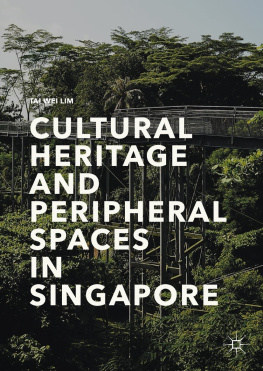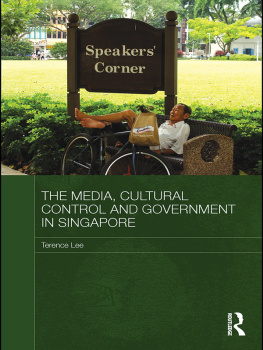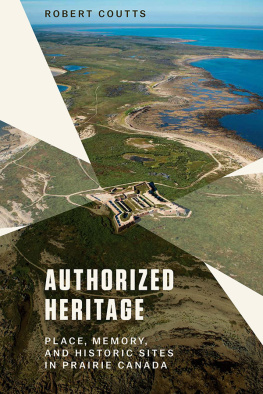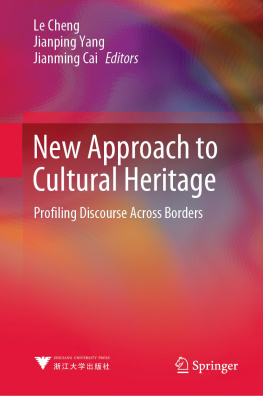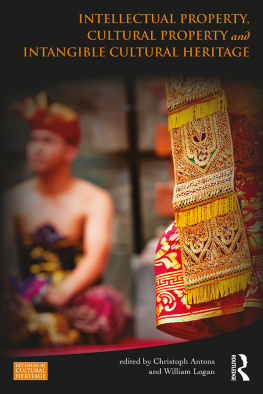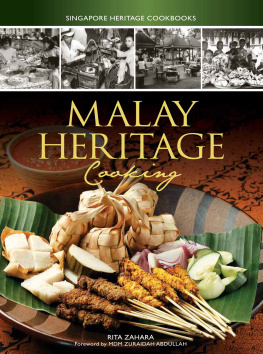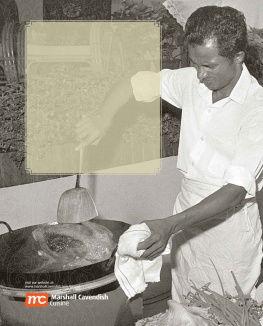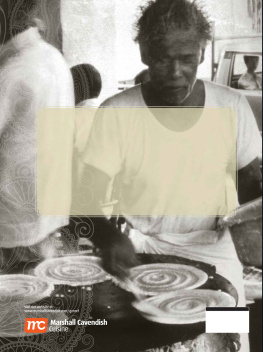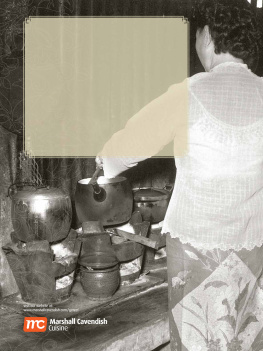Introduction
The author was first drawn to hiking and trekking in Hong Kong, where it is a popular past-time, when he was stationed there for more than four years. Hong Kong has a variety mountains, hills and peaks that are suitable for hiking and areas of coastline that afford trekking routes. In September 2014, the author returned to Singapore , taking his passion for walking, hiking and trekking with him. This writing project started in March 2015 when the author began documenting his walks throughout Singapore . During his walks, he noticed a vast amount of space that had either been left in its natural state, or had been abandoned or crafted into a usable green space , such as park corridors. In the two years spent working on this project, he also observed how the use of certain public spaces was discussed with all public stakeholders. The authorities took into consideration a wide array of stakeholders using those spaces. The Green Rail Corridor, Chestnut Drive Park and the Kranji Marshlands are some examples of these spaces. In encountering the changing use of natural environmental spaces, the author archived spatial changes in Singapore selectively, including spaces that had been gentrified, improved or upgraded and were either under the purview of urban planning agencies, or had been conserved by the authorities.
During the authors hiking activities, he met various groups of hikers; some walks took place in the southern ridges and MacRitchie area, and others tackled tougher terrain in the Seletar Forests. The author also joined other urban trekkers along Ulu Pandan, the EastWest Mass Rapid Transit (MRT) line, the Marina Bay area and the Civic District. In addition to trekkers, the author also joined heritage site walkers and enthusiasts to explore cultural and historical heritage found in several old districts such as Tiong Bahru, Little India, Arab Street, Chinatown, Beach Road, Joo Chiat, Fort Canning and other historical community districts. Finally, there were other trekkers who were interested in nighttime urban treks and cycling enthusiasts keen to explore the East Coast stretch of coastlines. The authors outings were diverse and intriguing, so he decided to put pen to paper and publish these experiences. As a historian, the author was interested, first and foremost, in the histories of all the communities and locations that had been trekked, hiked or walked through. There were three areas of history that he was interested to examine and analyze: green spaces; local community histories of the areas he visited, particularly the ethnically prominent cultural districts; and, lastly, an integrated history of Singapore as an island unit. The green corridors, parks and urban infrastructure that connected the various areas that the author visited gave him the opportunity to investigate the dynamic island-state from a macro island-wide point of view.
When these goals are conceptualized together, they constitute a spatial mapping of Singapores historical, cultural and natural sites. The directions of the treks were sometimes based on memory and terrain recognition and sometimes the markers that other trekkers left behind. Sometimes, the trekkers with whom the author was acquainted shared stories of the ultra-marathoners or trail-runners, portraying them as the first among equals in the trekking community. They were able to run through difficult terrains and were highly organized in sending out advance parties to scout and mark the tracks through the forests before the runners moved in. While the authors trekking informants were not so organized or prepared to engage in extreme sports, they still marked out their territories by relating the different sections of the forests through milestone experiences or remembered landmarks. Sometimes, hikers affectionately named landmarks in the hiking trail using personal nicknames.
Trekking with a diversity of people also added to the richness of narratives that the author encountered. Besides people of different generations, the author also trekked with foreign and local individuals. Foreigners add interesting perspectives to the narratives related to trekking experiences. Friends from the Northern hemisphere remarked how the treks were positively challenging for them, despite the fact that the distances were much shorter than they were used to. This was due to the hot and humid weather, which made them more tired than when trekking in their home countries. Foreign friends who are used to high elevations in their home countries remarked how flat the terrain was in Singapore and this made Singapores green spaces accessible and comfortable for their walking and trekking activities (particularly in terms of pressure on the knees for the elderly). Singapores tallest elevation is Bukit Timah Hill, which is considered a comparatively small hill by the mountainous benchmarks found in their home countries. Some of them also remarked how tropical forests have much larger leaves (e.g. wild yam leaves) than they were used to in their own forests. Most of all, they were pleasantly surprised at how a pristine secondary forest environment co-existed within a highly urbanized metropolitan city and the large diversity of tropical species that lived in them. They were also delighted that the green spaces offered them an alternative source of leisure and entertainment in addition to constructed tourist places and shopping malls. Regardless of their nationalities, local or foreign, the vast majority of trekkers and bikers were cordial, courteous and respectful of each other. When bikers sped down a ramp or slope, they made their presence known and the trekkers would shout to alert them to oncoming traffic. Bikers and trekkers also greeted each other respectfully as a mark of respect between different users of Singapores green trails. Having briefly discussed the background and origins of this volume, the chapter will proceed to highlight the authors objectives and the methodology used in this writing.
Objectives and Methodology
The thesis statement for the project writing argues that the stakeholders (walkers, trekkers, etc.) in Singaporean heritage historical and green spaces interpret the use of these spaces subjectivelyin the process, engaging in a dynamic process of creating personal narratives about local history. These individual interpretations and narratives based on nostalgia, emotive and cognitive experiences eventually form an imagined community of users and historical interpreters of different sectors of Singapores economic development. The project aims to chronicle and discuss the concept of nostalgia and the process of interpreting uses of peripheral, heritage and green spaces. It does this through a combination of informal observations and interactions with users combined with research into history and heritage; it observes, as well as archives and curates, the changing uses of selected green areas. In collecting and analyzing narratives about Singapores peripheral spaces , Singapores nation-building priorities and local community histories are examined and recorded as part of a peoples history of rural areas and sites of early industrialization or modernity. The research that went into this writing is collaborative, and an extensive collection of photographs presents the reader with heritage sites, green spaces and peripheral spaces . A high degree of interpretation of visuals is introduced into this project to complement textual and documentary information.

